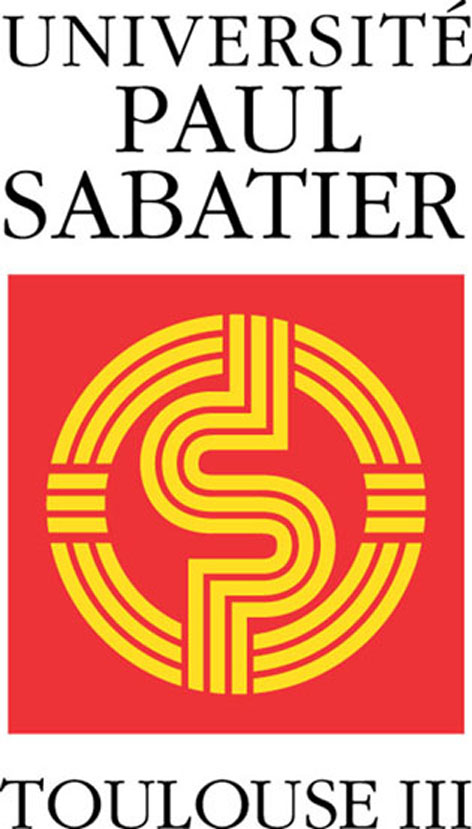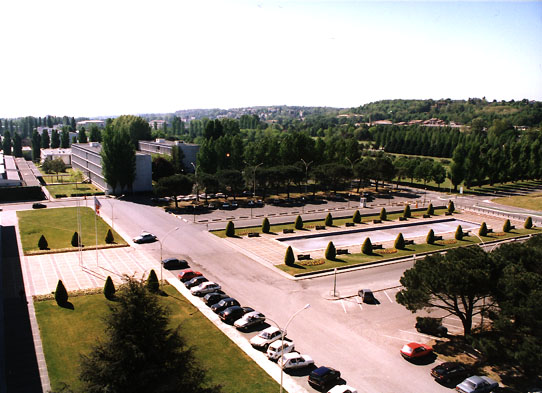|
The Impact of Peer-to-Peer Networks on the Management of
Internet Service Provider Platforms
by Gerhard Hasslinger, Deutsche Telekom, T-Systems,
Technologiezentrum Darmstadt, Germany
Since the year 2000 peer-to-peer (P2P) applications became a main
driver of increasing Internet traffic volume and established a new
paradigm to launch services in a distributed self-organizing
environment. P2P file sharing networks presently contribute 50% -
80% of the traffic on broadband access platforms in Europe and
USA. The peer-to-peer principle offers flexible support for
multimedia communication in Internet communities with many
additional functionalities as compared to client server systems.
Therefore computation power, storage and access bandwidth of the
peer terminal equipment can be made available to a community
enhanced with distributed architecture concepts for data
replication etc.
The tutorial starts from an overview of peer-to-peer protocols,
their communication and network structures and addresses emerging
peer-to-peer applications beyond file sharing. A main focus is on
the ambivalent role of P2P networking for Internet service
providers, who presently see file sharing as a main user demand in
broadband Internet access, although with unresolved issues of
digital piracy. In addition, they expect to face competition from
services being offered via P2P overlays on IP networks, which may
spread over next generation networks including mobile environment
in a trend to an all-IP expansion.
Methods for detecting and analyzing P2P traffic in IP platforms
are presented together with approaches to cope with overheads and
an inefficient assignment between the P2P overlay and the IP
network layer. The effect on traffic management and engineering is
discussed and, last not least, even if file sharing has no strict
demands for quality of service (QoS), the current application and
traffic mix has major influence on the appropriate QoS
architecture to support an increasing variety of services in IP
networks.
The contents is structured in four main parts:
1. Peer-to-Peer Applications, Protocols and Network Topologies
2. Internet Traffic Growth & Profiles: Analysis of a Dominant
Peer-to-Peer Load
3. Cross Layer Issues: Broadband IP Infrastructure and P2P Overlay
Networks
4. Quality of Service Aspects for P2P & Other Applications in a
Multi Service IP Platform
All participants to the EUROMEDIA'2005
-ECEC'2005 conference can register for free. You can register
here. Non conference participants need to pay €100
and they can register
here.
|
 |























